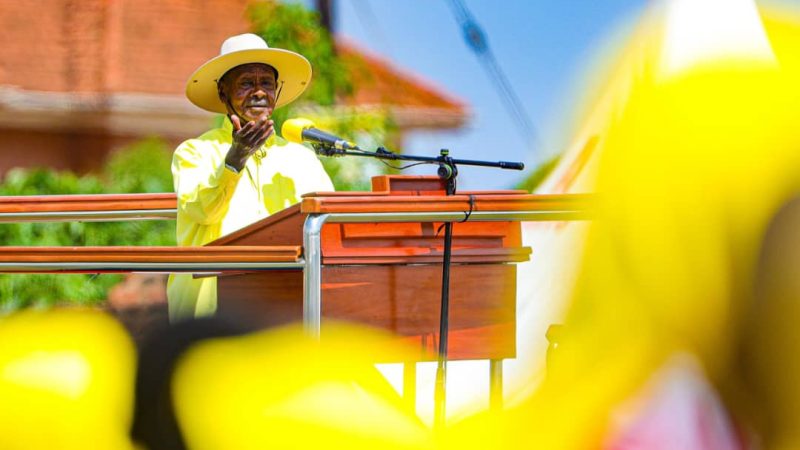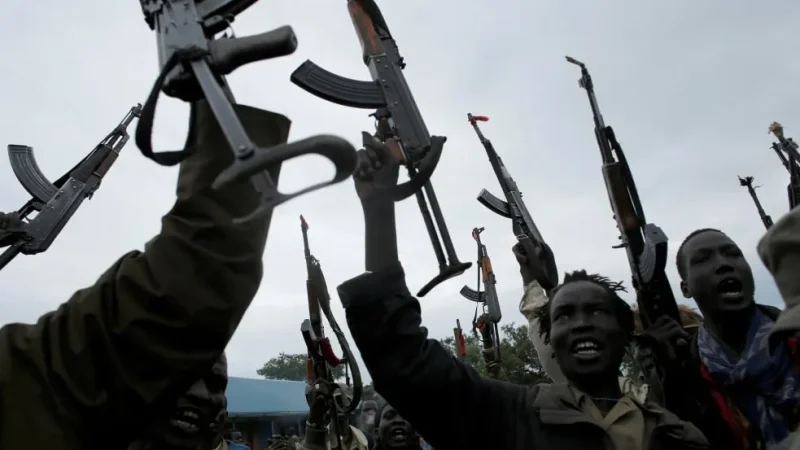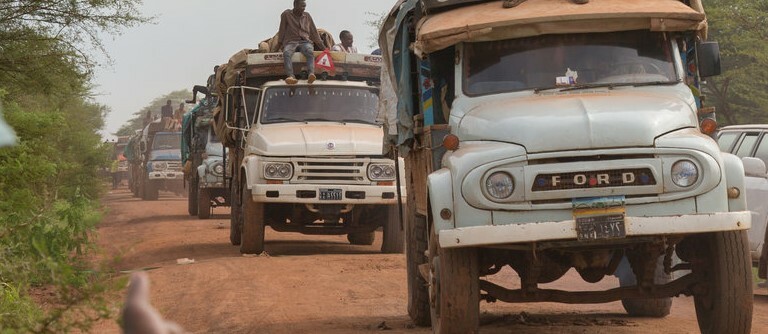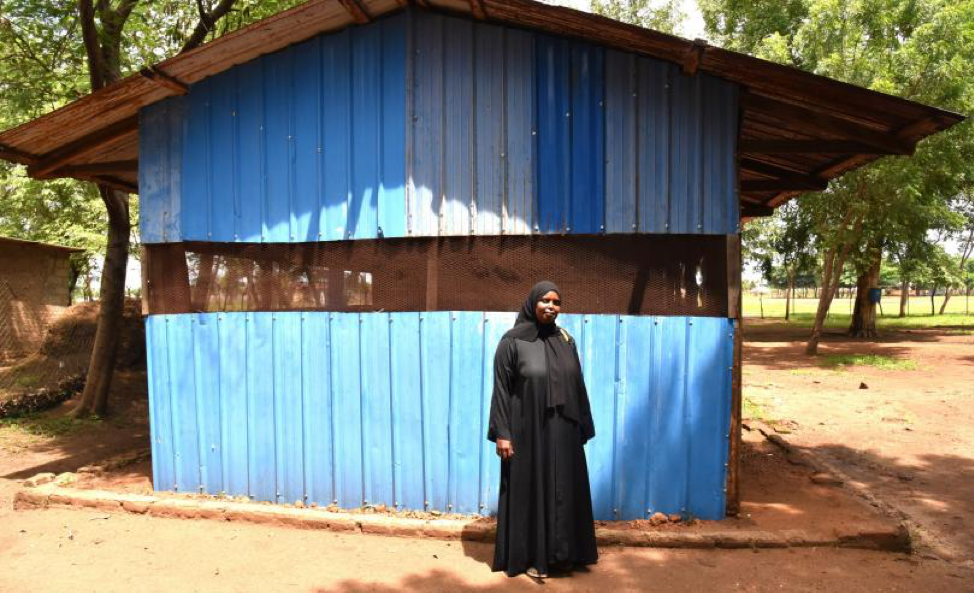Sudanese refugees who escaped conflict are facing dire hunger situation and disease in Maban area of Upper Nile State, as humanitarian aid agencies find it difficult to provide support due to funding shortfalls.
International charity Save the Children said in a statement on Wednesday that about 794,000 refugees and South Sudanese returnees, including an estimated 476,000 children have fled to South Sudan since conflict escalated in April 2023, with one in five children screened at the Renk border found to be malnourished.
It disclosed that the refugees fleeing conflict have joined over 290,000 Sudanese refugees who fled to South Sudan following violence in parts of the neighboring Sudan in previous years.
The UN World Food Programme (WFP) provides food rations and cash to refugees and South Sudanese returnees fleeing conflict in Sudan, it said, adding the refugees seeking safety in South Sudan only receive half of what the WFP considers as full food ration.
“Now, further cuts are taking place in the refugee camps which will affect the majority of Sudanese refugees that fled to South Sudan prior to April 2023 and will leave many more established refugee families without any direct food assistance,” it said.
One camp leader in Maban County, a remote area in the country’s northeast and the most vulnerable of four main refugee hosting areas of South Sudan, said he feared that the food cuts affecting the longer established refugee community in South Sudan will prompt people to leave the camp.
Mariam, 40, fled Sudan in January 2024 and lives in a refugee camp in Maban with her five children. Her son, Harun, 8, has a back problem which has left him incontinent and in need of an operation.
“We are getting food support every month but there isn’t enough as I am the only one taking care of the children and they have so many expenses. Harun requires a lot of support, I need to use some of the money we have for food to buy clothes for him, as he always wets himself,” said Mariam.
Across the border in Sudan, the fighting which broke out in April last year has fueled one of the world’s most severe humanitarian crises and shows no signs of abating, so far displacing 10.4 million people.
Last month, Save the Children said its clinics in the States of Darfur and Kordofan were seeing rates of severe acute malnutrition (SAM) skyrocket as fighting has halted food production in key areas.
New arrivals live in flimsy shelters that offer little protection from the elements, while sanitation is poor. Diseases that are particularly deadly to children are rife with recent outbreaks of measles, conjunctivitis, pneumonia and diarrhea.









